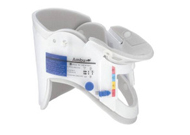
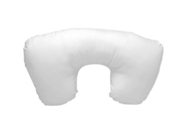
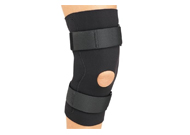

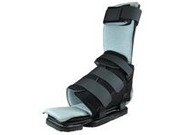
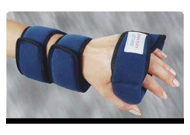
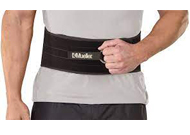
In a world where our lives are becoming increasingly fast-paced and demanding, maintaining good joint health and mobility is more crucial than ever. The human body is an intricate masterpiece of bones, muscles, and joints working in harmony. However, the wear and tear of daily life, along with age-related changes, can take a toll on these vital components. This is where orthopedic products step in, offering a lifeline to those seeking to enhance their joint health and maintain optimal mobility.
From athletes striving to achieve peak performance to seniors aiming for an active and independent lifestyle, the significance of these products cannot be underestimated. These products encompass a wide range of aids, supports, and solutions designed to alleviate discomfort, prevent orthopedic injuries, and restore agility to individuals of all ages.
In this article, we will delve into the world of orthopedic products, exploring their diverse offerings and shedding light on their pivotal role in ensuring joint health and mobility for everyone.
When it comes to promoting joint health, relieving pain, and ensuring optimal mobility, orthopedic urgent care emerges as invaluable allies. These specialized aids are designed to provide targeted support, alleviate discomfort, and aid in the recovery process. Let's explore some of the top products of orthopedic that cater to different areas of the body:
Let's explore the key benefits of incorporating advanced orthopedics products into your daily routine:
The future of orthopedics is being reshaped by technological marvels and innovative approaches that hold the promise of revolutionizing joint health, mobility, and injury management. Advancements in 3D printing, regenerative medicine, and robotic-assisted surgery are enabling personalized treatment plans and precision interventions. Smart implants with sensors provide real-time feedback, while virtual reality rehabilitation and wearable health tech also enhance recovery.
Furthermore, Nanotechnology is poised to improve implant durability and drug delivery, while telemedicine and predictive analytics enhance accessibility and decision-making. Biomechanical innovations are giving rise to assistive devices that empower individuals with mobility challenges. As technology continues to advance, the horizon of orthopedics is expanding, offering a future where joint health and mobility reach unprecedented levels of improvement and innovation.
To sum up, orthopedic products play a crucial role in enhancing joint health and mobility. Their innovative designs and functionalities offer support, comfort, and relief to individuals dealing with various musculoskeletal issues. By addressing pain, facilitating proper alignment, and aiding rehabilitation, these products contribute significantly to an improved quality of life.
As the awareness of the importance of joint health grows, the utilization of these products becomes increasingly vital in promoting overall well-being and maintaining an active lifestyle.
Common orthopedic conditions include arthritis, fractures, sprains, strains, back pain, osteoporosis, scoliosis, tendonitis, and bursitis. These conditions affect the musculoskeletal system, including bones, joints, muscles, ligaments, and tendons.
The duration of wearing a knee brace depends on the severity of the injury or condition. Generally, it's advisable to follow your doctor's recommendations. Some people might wear knee braces for a few days to weeks, while others with chronic issues might use them for longer periods.
Recovering from lower back pain often involves a combination of rest, gentle exercises, stretching, maintaining good posture, using cold or heat therapy, and over-the-counter pain relievers.
For lower back pain, lumbar support belts or braces can provide relief by helping to stabilize and support the lower back. However, it's essential to consult a healthcare professional to determine the most suitable support based on the specific cause and severity of the pain.
The fastest way to manage tennis elbow involves a combination of rest, ice, compression, and elevation (RICE), along with anti-inflammatory medications. Physical therapy exercises, stretching, and using a brace or strap around the forearm may also help. In persistent cases, consulting a healthcare professional is advisable for a tailored treatment plan.
An orthopedic pillow is designed to provide better neck and spine alignment during sleep, reducing strain and promoting comfort. It typically has specific contours and materials to support the head, neck, and shoulders. A normal pillow lacks these specialized features and may not offer the same level of support.